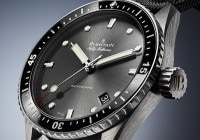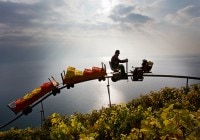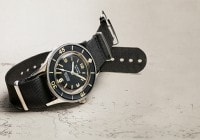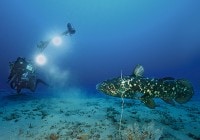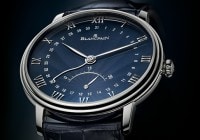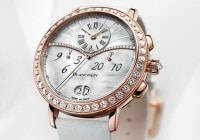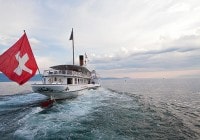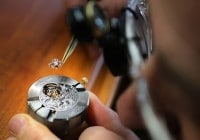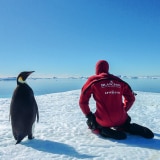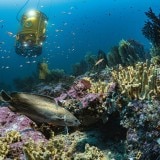
Search in Issues
Chapters
List of parts
Chapter 4
Gombessa THE FISH THAT DEFIES Time
Blancpain sponsors Laurent Ballesta’s expedition
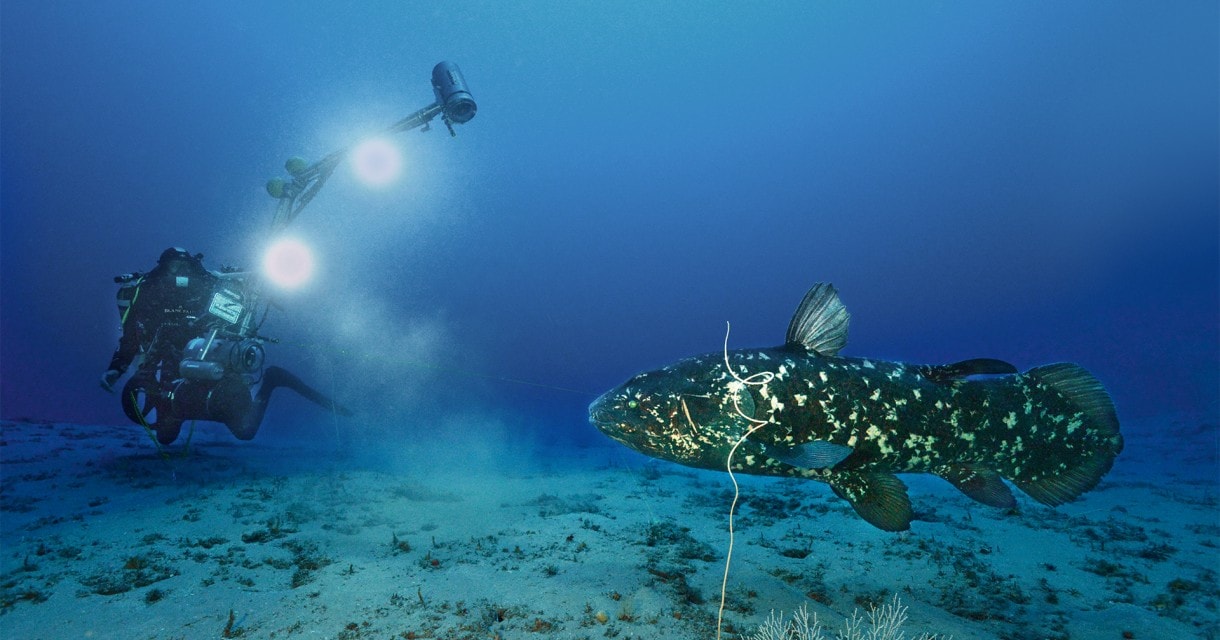
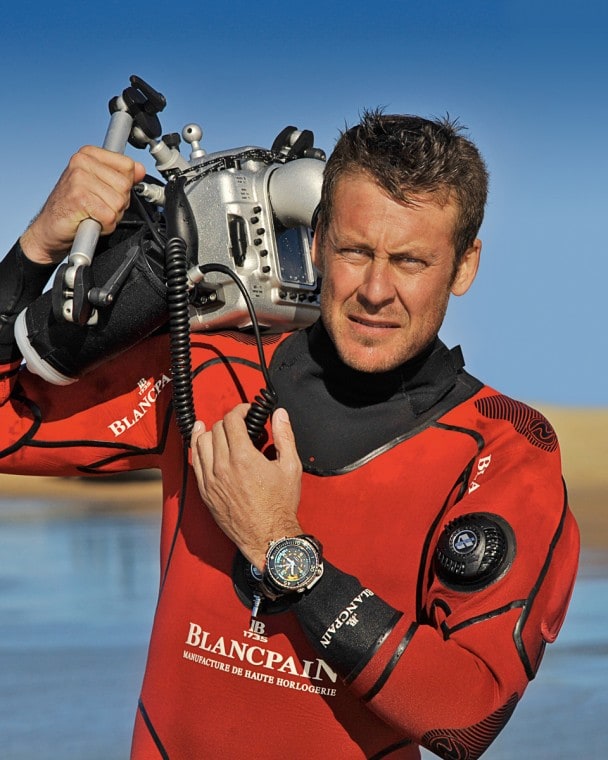
Supported by Blancpain, this year, famous French diver, marine biologist and photographer Laurent Ballesta will be conducting an expedition into the kingdom of the coelacanth, that veritable “living fossil” off the South African coast, accompanied by scientists and divers. Here are the first impressions. An article covering every aspect will follow in the next edition of Lettres du Brassus.
April 12, 2013: The rib drifts and goes up and down in the South African swell. Sitting on the rib’s pontoons with 80 kg on my back, my determination is as great as my balance is precarious. Out of habit, I look at my watch, adjust the ribbed crown to zero and bring back the trailing hand of the depth meter. I’m ready. I have hardly any saliva left—just enough to remove the mist from my mask. The moment when I will roll backwards is nigh, towards the darkness and its bewitching glow, way more than a 100 m to where the Gombessa, the coelacanth (Latimeria chalumnae)—what I like to term the oldest fish in the world—reigns supreme.
I have been trying to come back here for four years. I have a knot in my stomach—the price one pays for wanting to visit unreasonable depths, but it is a feeling that I am very familiar with. I have had it countless times—even here. Firstly in 2009, the year we failed, and then in 2010, the year we succeeded. Will 2013 be the year of the consecration?
At the very least, I hope we will confirm our know-how. We proved our skill in 2010 by bringing back the first images of a confrontation between man and a coelacanth. Today, we need to use this technical know-how to promote science and knowledge. This time, finding the legend will not be enough, we need to study it. Establishing scientific protocols at a depth of between 120 and 145 m is not an easy task but it is a fascinating one.
Together with the researchers from the Natural History Museum in Paris, we have spent three years thinking about the methods we can use and designed the necessary equipment. Today, the time has come to see if we were right to hope. And if it works?
It doesn’t take long to find out. I have barely reached the bottom when I see them. Three coelacanths, in exactly the same place I left them three years ago. Unchanged since the dawn of time, they still carry anatomical traces of the vertebrates that left water 370 million years ago. They were believed extinct for 65 million years until one of them was found in a fisherman’s net in 1938. This event stunned the scientific community. Today, it remains the greatest zoological event of the 20th century. Relief, amazement, fascination— none of them are powerful enough words to describe what I feel.
But there is no time to look. I action three meters of the “giraffe camera” which has two articulated arms 1.50 m long equipped with two high-speed cameras capable of taking 1,000 images per second on the end of their extremities. The two cameras are synchronized and I control the double viewfinder with two screens side by side, in front of me. I move closer and take aim with two laser pointers to better control the direction of the cameras. Soon, when I can distinguish the green dots of the two lasers that slide over the scales of the coelacanth, I press the button...
40 days go by like this with many other daring experiences. We study the coelacanth in its own world and we are the first to do so scuba diving. It is a diver’s challenge, but also a naturalist’s dream that we are living.
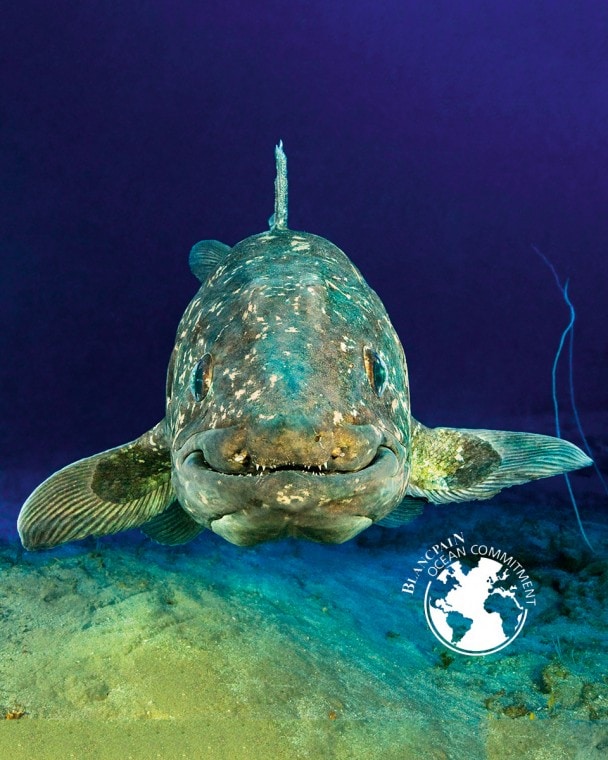
Other issues
Don't miss the latest issue
Sign Up for New Releases

